Audio technology has been evolving for well over a century, and it’s pretty wild to see just how far we’ve come. What started with clunky mechanical devices has turned into sleek apps and smart speakers. Let’s take a deeper look into the history of audio technology and how it revolutionized the way we listen to sound.
The Very Beginning: The Phonograph (1877)

Before vinyl records, the phonograph was the first device that could both record and play back sound. Invented by Thomas Edison in 1877, the phonograph used a metal cylinder wrapped in tinfoil to capture sound vibrations. It was mechanical, meaning there were no electrical components involved—just good old-fashioned cranking.
The phonograph was revolutionary because, before this, music had to be experienced live. The ability to record and replay sound was mind-blowing. However, the sound quality was pretty poor, and the tinfoil would wear out after a few plays.
The Evolution to the Gramophone (1887)
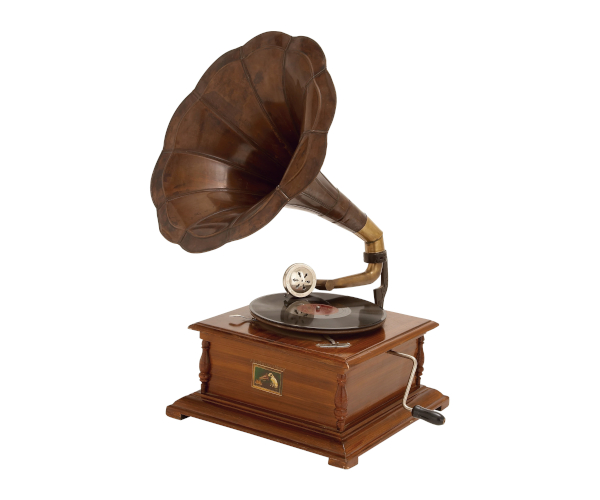
Ten years after Edison’s phonograph, Emile Berliner came along with a big improvement: the gramophone. Instead of using cylinders, Berliner’s invention used flat discs, which became the precursor to the vinyl record. The discs were easier to produce, store, and play back than cylinders, and they eventually dominated the market.
The gramophone discs were the first format to allow mass production of recordings. For the first time, music and voice recordings could be pressed in large quantities and sold to the public. This invention was the birth of the recorded music industry as we know it.
Shellac Records: The Pre-Vinyl Era

Before vinyl, there were shellac records, which became popular in the early 20th century. Shellac records, typically 10 or 12 inches in size, spun at 78 RPM (revolutions per minute). These discs were heavier and more fragile than vinyl and could break easily if dropped.
Shellac records were used until the late 1940s, when vinyl records started to take over. The switch to vinyl was largely due to the material’s durability and ability to hold more music. Vinyl could be played at slower speeds (33 1/3 or 45 RPM), allowing for longer playtimes per side.
The Vinyl Revolution (1940s–1970s)
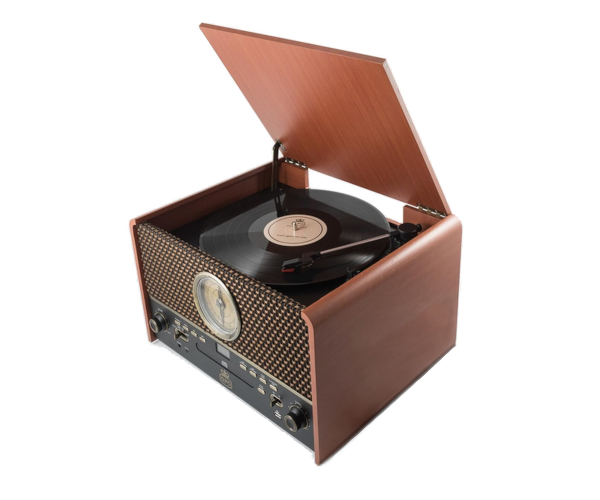
Vinyl records became the standard for audio playback during the mid-20th century. They offered better sound quality than shellac and were less prone to breaking. Vinyl records became the go-to format for albums, with the LP (long play) record holding around 45 minutes of music, making it perfect for full albums.
The tactile nature of vinyl—taking the record out of its sleeve, placing it on a turntable, and dropping the needle—made listening to music a ritual. It wasn’t just about the music; it was about the experience. Plus, album covers became an art form in themselves, with artists like The Beatles and Pink Floyd pushing the limits of design.
Magnetic Tape: The Age of Cassettes and Reel-to-Reel (1960s–1980s)
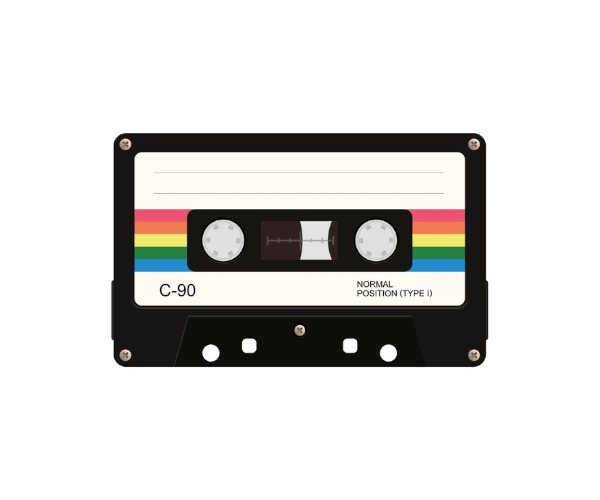
During the 1960s, magnetic tape made its way into the audio world. This technology was first used in reel-to-reel recorders, which offered better fidelity and flexibility for recording music. However, these machines were bulky and expensive, so they didn’t become mainstream for everyday music listeners.
Then came the cassette tape in the 1970s, which changed everything. With cassettes, music was portable for the first time. You could take your favorite album with you in your car or on a Walkman, and you could easily record your own mixtapes. The compact size of the cassette and the introduction of affordable, portable players helped tapes take off.
The Digital Era Begins: Compact Discs (CDs) (1980s–2000s)
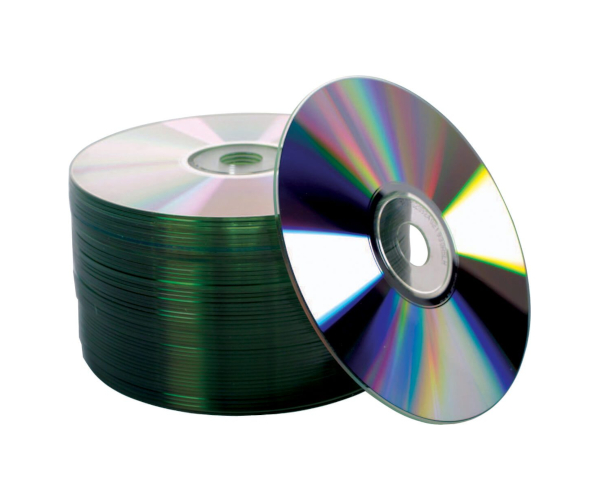
The arrival of the compact disc (CD) in the early ’80s was a game-changer. CDs offered near-perfect sound quality compared to tapes or records, with no degradation in audio quality over time. They were also smaller, more durable, and could be skipped through easily, which was a huge improvement over rewinding tapes.
The 1980s and 1990s were the golden age of the CD, with everyone transitioning from vinyl or cassette collections to shiny new discs. Portable CD players (remember the Discman?) allowed people to take their music on the go, just like with tapes.
The MP3 Revolution: Music Goes Digital (1990s–2000s)
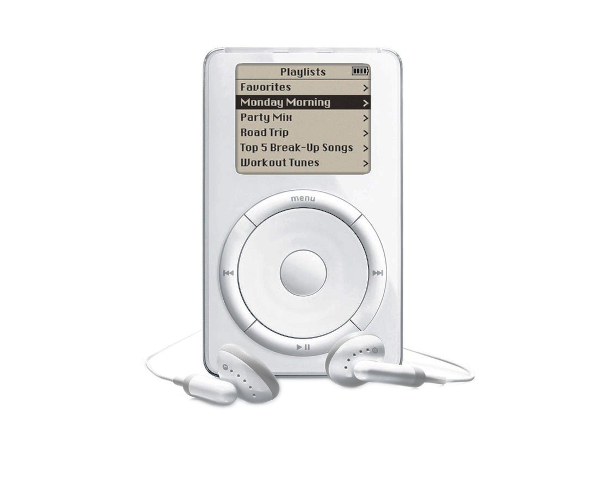
In the late 1990s, audio went through another transformation: digital music. The MP3 file format allowed songs to be compressed without losing too much quality, which meant you could fit hundreds or even thousands of songs on your computer or a portable device like the iPod.
The convenience of digital files, combined with the ability to easily share them over the internet (Napster, anyone?), caused a huge disruption in the music industry. Physical media like CDs began to lose their appeal as people could store their entire music collection on a hard drive or MP3 player.
Streaming: The Current Audio Revolution (2010s–Today)
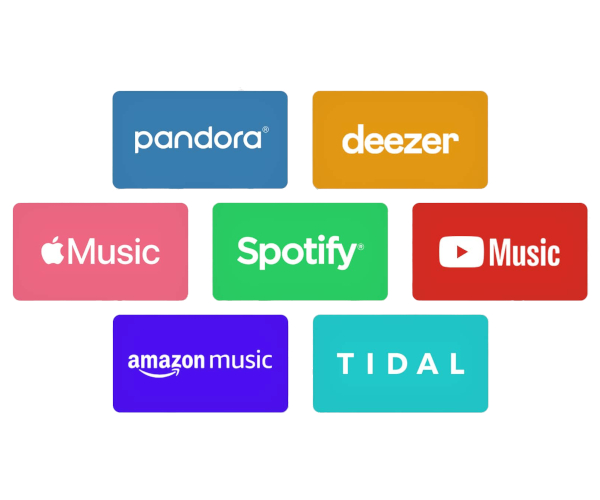
Today, we’re living in the age of streaming. Services like Spotify, Apple Music, and Pandora allow you to access millions of songs instantly. You don’t need to own anything physically, and you don’t even need to download the files. Music is streamed directly from the cloud to your device.
Streaming has completely changed the way we consume music. It’s not about owning an album or even downloading tracks anymore. With playlists, curated radio stations, and algorithm-driven recommendations, the way we discover and listen to music has become more personalized than ever.
The Future of Audio Technology
What’s next? We’re already seeing the rise of high-resolution streaming services and spatial audio technology, which can simulate the experience of live performances or multi-dimensional sound. The integration of AI in music creation and recommendation is growing too, giving us new ways to experience sound. As the revolution of audio continues, we’ll likely see even more immersive and personalized experiences in the years to come. Anyhow, we hope you enjoyed this history lesson on audio technology!



0 Comments